Pickup trucks rule American roads. They’re not just best-sellers they’re cultural icons. Models like the Ford F-150, Chevrolet Silverado, and Ram 1500 top sales charts year after year, outpacing sedans and SUVs combined. But behind that dominance lies an odd truth: almost no one is using their trucks for actual truck stuff. They’ve become status symbols, luxury cruisers, and image boosters rather than work tools. The modern pickup isn’t built around hauling lumber anymore it’s built around hauling image.
From Job Site to Driveway Ornament
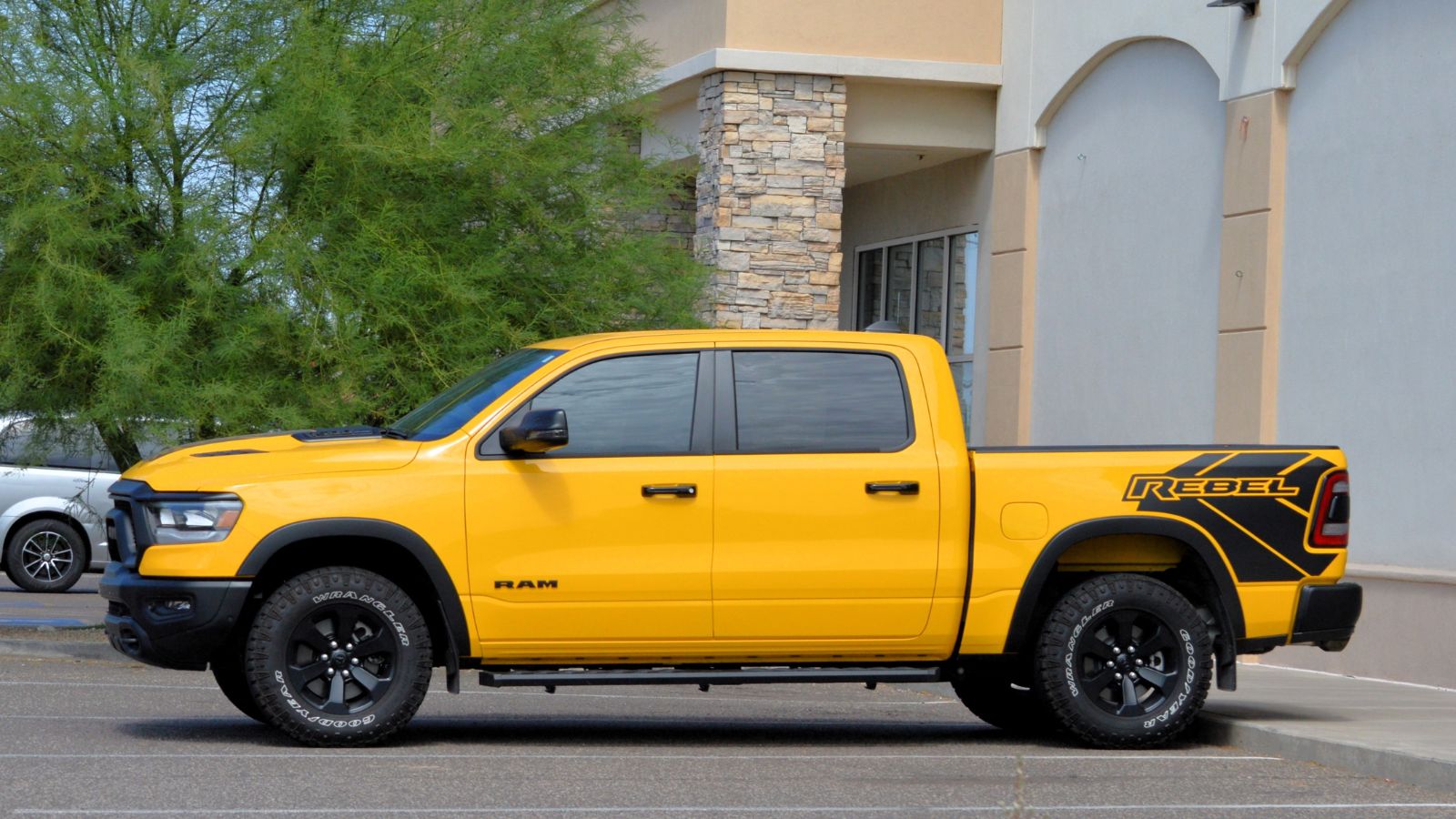
Not long ago, owning a truck meant you probably worked with your hands. Farmers, ranchers, and construction workers needed them for hauling, towing, and tackling rough terrain. The pickup was a tool bare bones, durable, and cheap to fix. But that era has faded fast. The modern truck buyer is more likely to be an office professional than a carpenter. Studies show that fewer than one in five truck owners regularly use their beds or tow anything substantial. For many, the truck never leaves the pavement. It’s a commuter vehicle that just happens to look like it belongs on a ranch.
This shift didn’t happen overnight. As automakers began adding comfort features and high-end options, the truck’s identity morphed from “workhorse” to “lifestyle vehicle.” Today, it’s as common to see an F-150 in a suburban cul-de-sac as it is on a construction site.
The Rise of the Lifestyle Truck
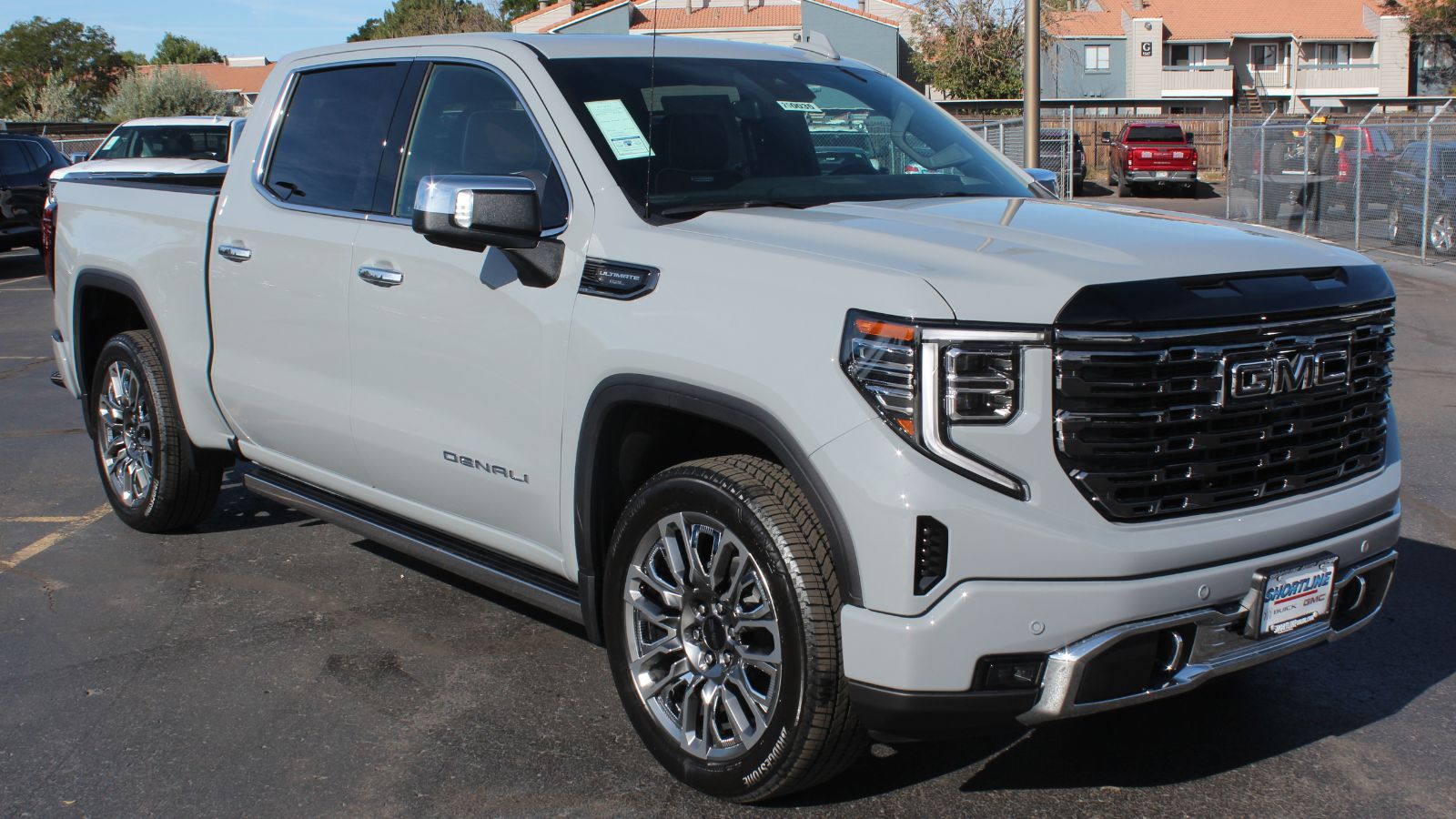
Manufacturers saw where the money was and pivoted fast. Modern pickups come loaded with tech and luxury that rival high-end sedans. Heated and ventilated leather seats, panoramic sunroofs, smartphone integration, and premium sound systems are standard on top trims. Trucks like the GMC Sierra Denali or Ram 1500 Limited blur the line between work vehicle and luxury SUV.
This shift toward comfort and image has proven extremely profitable. The majority of sales come from upper trims rather than base work models. Buyers who used to spend $30,000 on a mid-size car now sign up for $70,000 trucks with chrome grilles, digital dashboards, and 22-inch wheels. These are not built for carrying plywood they’re built to carry prestige.
Image Over Utility
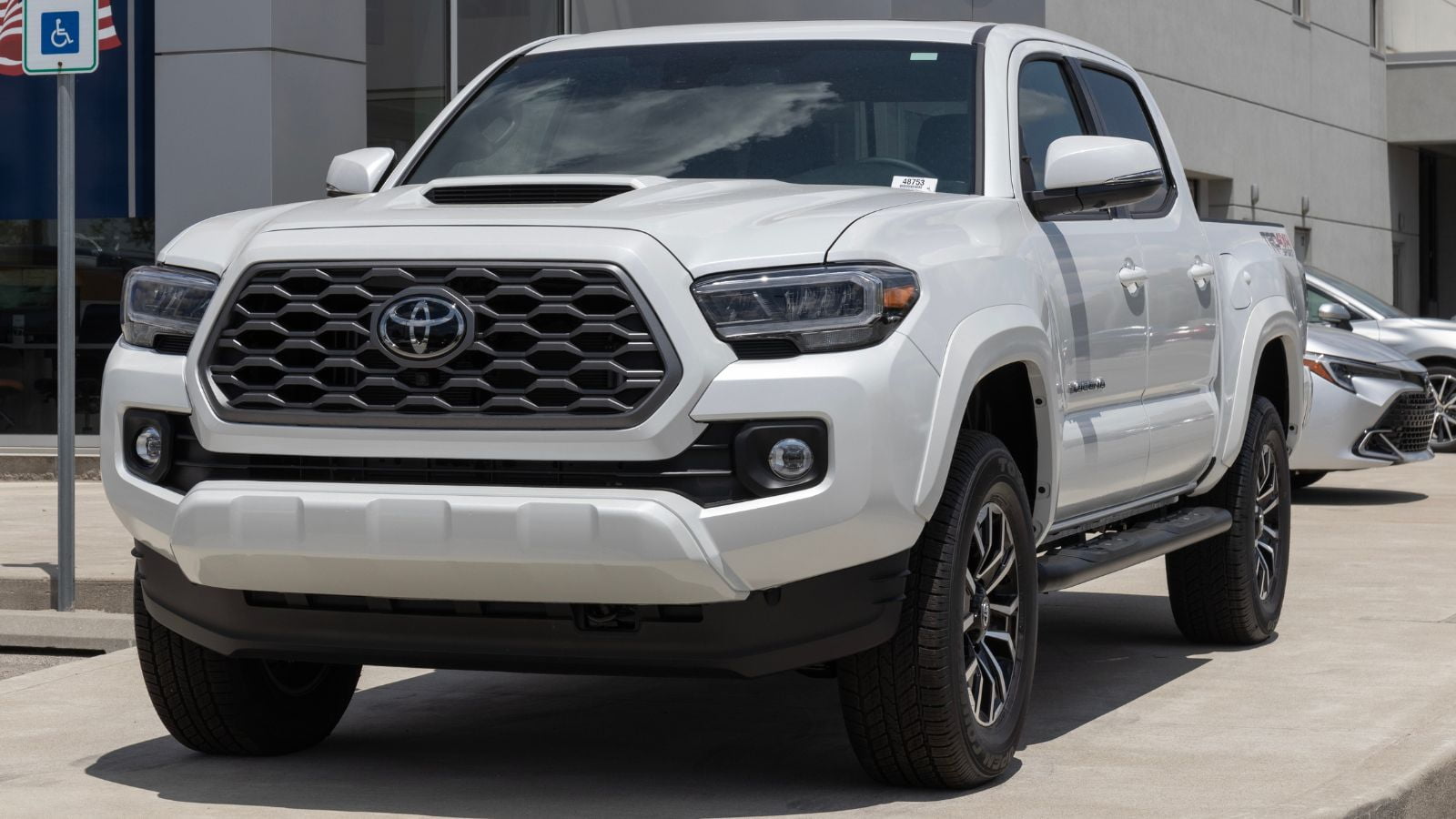
The truck’s cultural meaning has evolved into something symbolic. For many, it’s about projecting toughness, confidence, and independence. It’s an identity on wheels. The irony is that most of these trucks spend their lives cruising highways or parked in grocery store lots. The appeal lies not in what they do but in what they say.
Marketing plays a massive role in this perception. Pickup ads rarely show rush-hour commutes they show men in flannel shirts splashing through mud, towing bulldozers, and conquering rugged landscapes. It’s aspirational imagery that sells the illusion of freedom and capability, even if most owners never come close to using that potential. The truck has become the modern cowboy’s horse, minus the dirt and blisters.
Oversized and Overbuilt

In chasing the image of power, trucks have grown dramatically larger and heavier. The average full-size pickup now weighs well over 6,000 pounds and stretches beyond 20 feet in length. Bed heights have climbed so much that owners need ladders or fold-out steps to access them. Many beds are covered with tonneau covers or permanently empty essentially decorative features.
Ironically, all that size often makes trucks less useful. Maneuvering in tight spaces becomes difficult, and parking in urban areas is a daily challenge. The extended cabs and luxury interiors eat into functional bed space, further reducing utility. Owners who actually need to haul equipment often complain that older, simpler trucks were better suited for real work.
The Financial Trade-Off
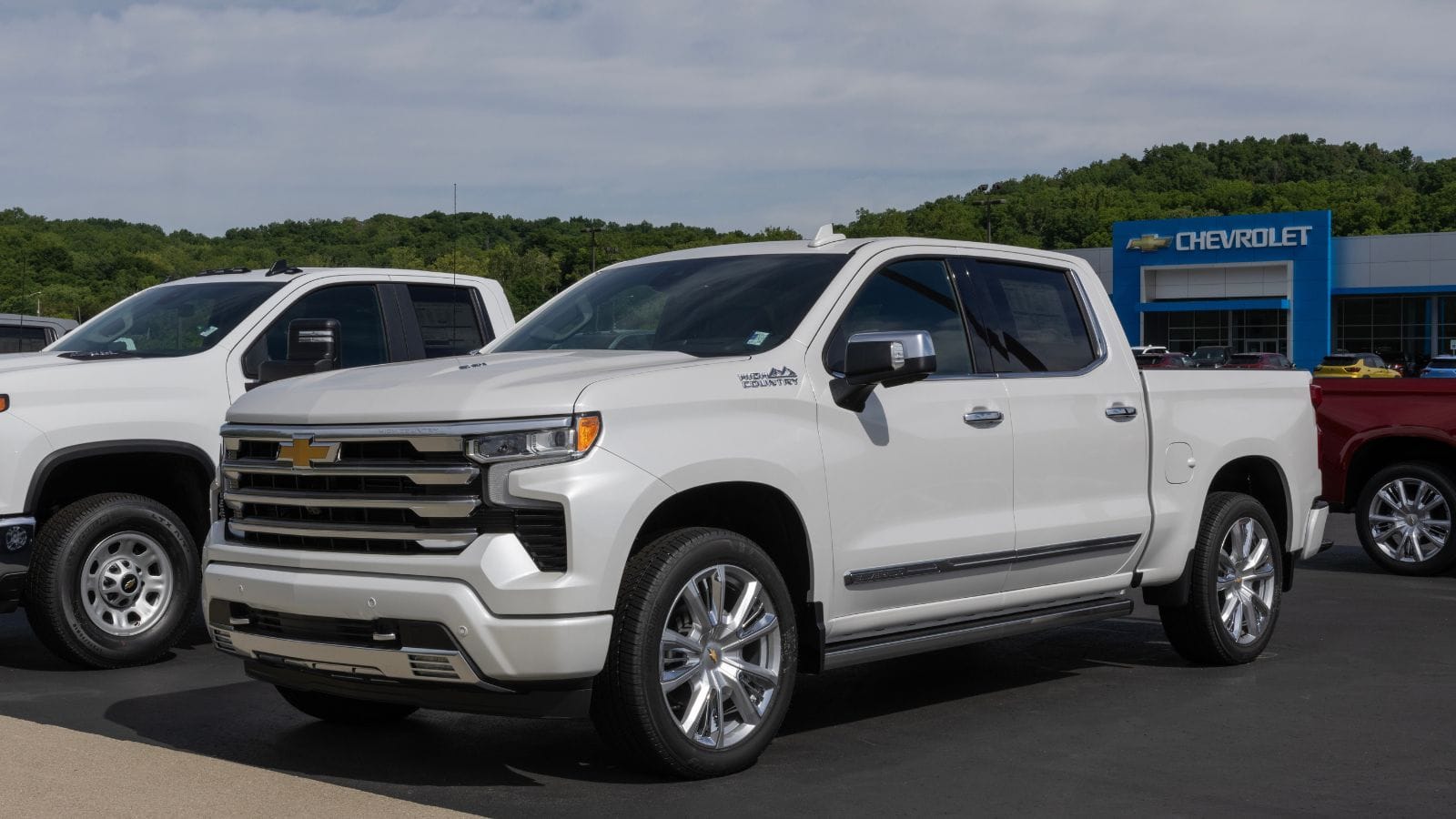
Trucks have become as much financial statements as lifestyle ones. The average transaction price for a full-size pickup now hovers around $65,000, and loaded models easily pass $80,000. Financing terms stretch longer to accommodate the cost, with six- or seven-year loans becoming common. Add insurance, maintenance, and fuel especially for thirsty V8 engines and ownership becomes a significant commitment.
Yet people still buy them in droves. Why? Because trucks make people feel powerful. They sit high, look commanding, and carry an aura of confidence. Drivers describe it as “owning the road.” It’s the same psychological appeal that once drove muscle car sales only now it’s dressed up in 4×4 chrome and LED headlights. For many, that emotional satisfaction outweighs logic or practicality.
Marketing the Myth of Capability
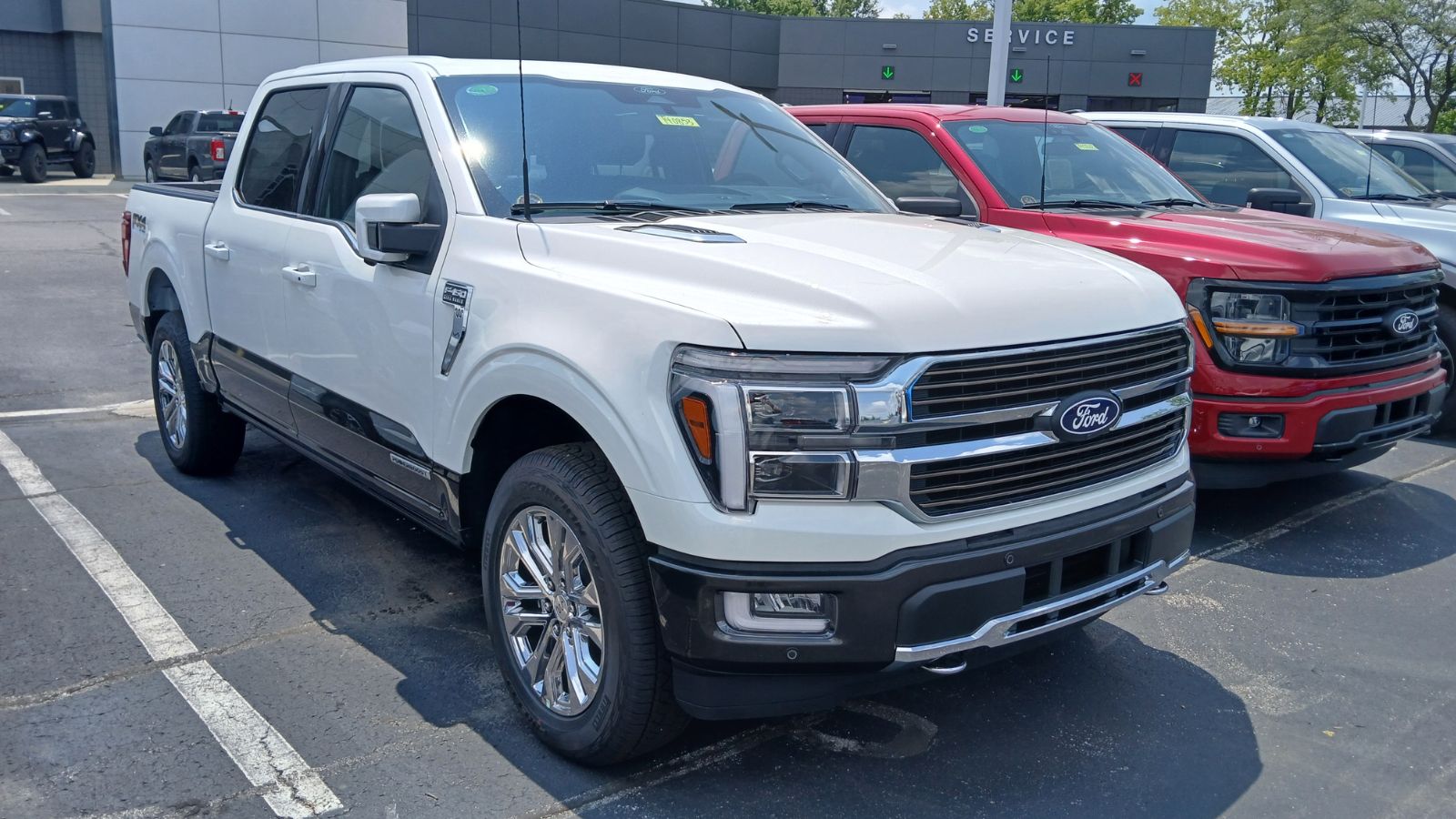
Automakers are master storytellers when it comes to selling pickups. Every commercial follows the same formula: dirt, sweat, heavy loads, and a deep-voiced narrator promising strength and durability. But that image no longer matches reality. Nine out of ten pickup owners don’t use their trucks for any kind of regular heavy-duty work.
Instead, trucks are marketed as symbols of freedom and self-reliance. It’s an emotional pitch that resonates deeply with buyers who want to feel capable, even if their day-to-day reality is closer to a cubicle than a construction site. The modern pickup is sold as both a tool and a trophy and buyers love the idea of being ready for anything, even if “anything” never happens.
What It Says About Us

The popularity of pickups says more about culture than capability. It reflects a national desire for strength, security, and independence in an increasingly uncertain world. People buy trucks not because they need them, but because they want what they represent. They embody confidence, toughness, and nostalgia for a simpler time when hard work was tangible and tools were practical.
There’s nothing wrong with that it’s human nature to seek identity through what we drive. But it’s worth acknowledging how far the pickup has drifted from its origins. The modern truck is no longer a blue-collar workhorse; it’s a luxury lifestyle vehicle wearing a tool belt. The paint stays spotless, the bed stays empty, and yet sales keep soaring. That says everything about how trucks have evolved and what they’ve come to mean in America’s imagination.
25 Facts About Car Loans That Most Drivers Don’t Realize

Car loans are one of the most common ways people fund car purchases. Like any other kind of loan, car loans can have certain features that can be regarded as an advantage or a disadvantage to the borrower. Understanding all essential facts about car loans and how they work to ensure that you get the best deal for your financial situation is essential. Here are 25 shocking facts about car loans that most drivers don’t realize:
25 Facts About Car Loans That Most Drivers Don’t Realize
